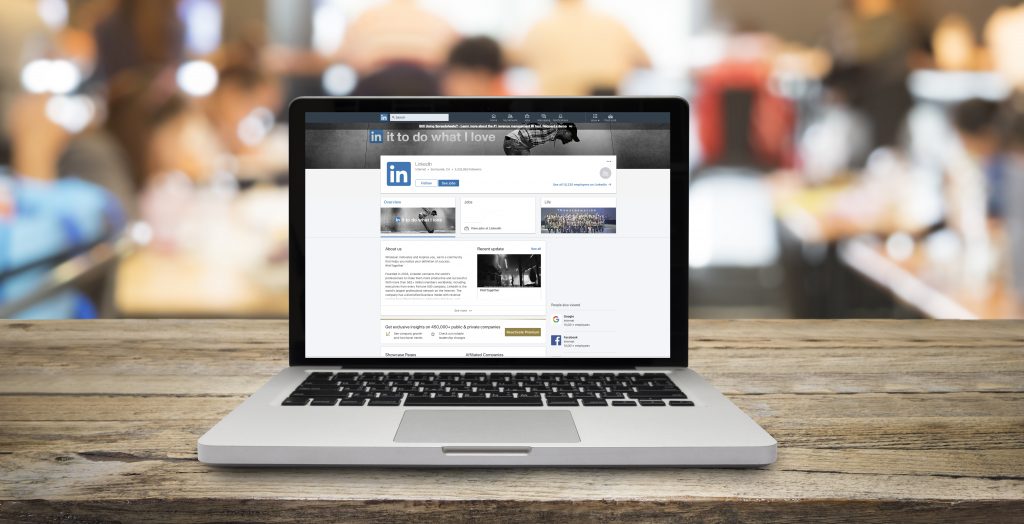LinkedIn is a unique way for employers to find you based on the skills you offer. Often underused by job seekers, adding your best skills in your LinkedIn profile increases the chances that employers and recruiters will find and connect with you.
What skills should I emphasize on my LinkedIn profile?
Job postings are a good source for ideas on skills to highlight. When searching on job postings sites, or through LinkedIn, review the qualifications listed in the postings you are targeting. If these skills line up with your experience, then add them to your profile.
You will notice that as you add skills to you profile, LinkedIn will suggest others based on your profile. Use these prompts to identify further skills to add. LinkedIn also has a directory of all the skills added to the site. Skills are categories into Industry Knowledge, Tools and Technologies (computer skills), Interpersonal Skills and Other Skills.
In addition to emphasizing hard skills on your LinkedIn profile, also include your soft or transferable skills such as organizational skills and interpersonal abilities. Online tools such as the online Employability Skills Assessment can help you evaluate your abilities, determine skills you are most confident in, and those you might want to improve.
Other helpful resources include LinkedIn’s article, The Skills Companies Need Most in 2018 – and the courses to get them and the Employability Skills reference guide published by The Conference Board of Canada.
Where else can I include my skills?
- Your Resume – include your strongest skills here
- Cover Letters – emphasis your strongest skills that match those listed in the job posting
- Interviews – include key skills that match the job posting when describing your abilities
- Show, don’t tell – use your best skills when conducting yourself throughout the recruitment process like your positive attitude, organization skills and interpersonal communication
Now that you’re prepared to share your strongest skills, here’s how to add them into your LinkedIn profile.
Starting from scratch
- Go to the LinkedIn homepage
- Click the Me icon at the top
- Click on the View profile
- click on the Add new profile section (located on the right)
- Select Skills from the dropdown menu
- Type the name of a skill in the Skill text box and select it from the dropdown list that appears. Once selected, this skill will be added to your list
Revising existing skills
- Go to the LinkedIn homepage
- Click the Me icon at the top
- Click on the View profile
- Scroll to the Skills & Endorsements section
- Click Add a new skill. In the pop-up window, type the name of a skill in the text box and select it from the dropdown list. If your skill does not appear, type the full skill name in the field provided and click to add.






